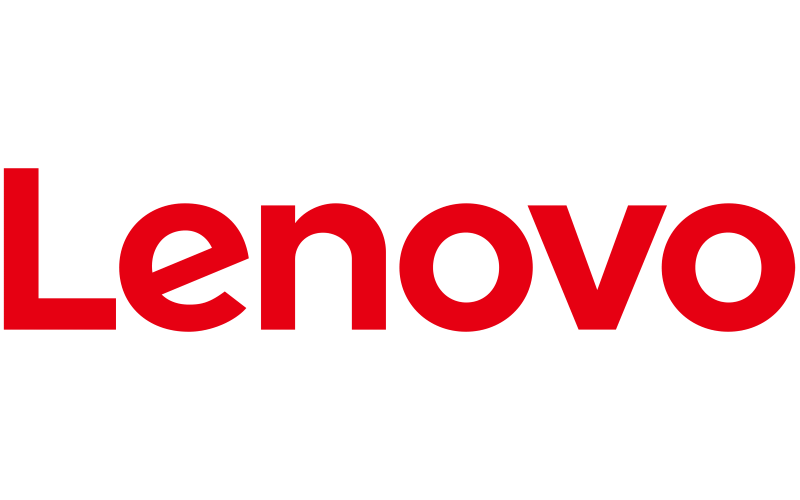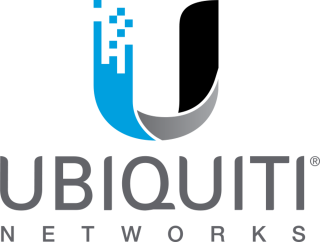Streamline IT Operations with Automation
Automating your data center is crucial for enhancing operational efficiency. By removing manual handoffs and reducing human errors, automation accelerates IT service delivery. This allows your team to focus on strategic projects that drive business value. Automation tools can handle repetitive tasks such as system updates, backups, and routine maintenance, ensuring consistency and reliability. This shift not only improves productivity but also frees up valuable resources for innovation.
Orchestration for Seamless Processes
Orchestration takes automation a step further by connecting automated tasks into comprehensive, end-to-end workflows. This integration ensures that various IT processes work together seamlessly, improving service levels and operational efficiency. Orchestration enables the automation of complex processes that span multiple systems and platforms, reducing the need for manual intervention. This holistic approach simplifies management, enhances reliability, and allows IT teams to create more sophisticated, hands-off services.
Enhance Connectivity with APIs
In today’s dynamic business environment, APIs are essential for achieving seamless connectivity. They enable quick and reliable integration of disparate systems, bridging data silos and facilitating smooth data management across on-premises and cloud environments. APIs allow different applications to communicate and share data effortlessly, supporting digital transformation efforts. By leveraging APIs, organizations can adapt to changing business needs more rapidly, ensuring that all systems are synchronized and working efficiently together.
Shift to Event-Based Automation
Event-based automation replaces traditional time-based scheduling with a more responsive approach. By using event triggers to initiate processes based on specific IT or business events, organizations can achieve real-time data management. This method enhances operational efficiency and reduces delays caused by manual handoffs. Event-based automation can handle dynamic workloads, automatically adjusting to changes in the environment. This flexibility ensures that critical processes are executed promptly and accurately, improving overall system performance and reliability.
Centralize Governance and Monitoring
A centralized automation platform is key to effective governance and monitoring in modern, complex data center environments. By managing automated processes from a single location, IT teams can standardize policies, enhance transparency, and maintain comprehensive control. This centralization simplifies user permissions, audit trails, and compliance management. It also provides a unified view of all IT operations, making it easier to monitor performance, detect issues, and implement auto-remediation workflows. Centralized governance ensures consistency across the organization, facilitating smoother and more secure operations.
Aim for Autonomous Data Center Management
The ultimate goal of data center automation is to create a self-managing, autonomous environment. By automating as many tasks as possible and leveraging AI-driven solutions, IT teams can focus on higher-value projects. Autonomous management minimizes the need for human intervention, allowing systems to self-heal and optimize automatically. This approach not only improves efficiency but also fosters innovation by freeing up resources for development and strategic initiatives. Starting with small, repeatable tasks and gradually building towards end-to-end automation can help achieve this vision of a hands-off data center.
By implementing these strategies, organizations can simplify data center automation and orchestration, enhancing efficiency, reliability, and overall IT performance.










